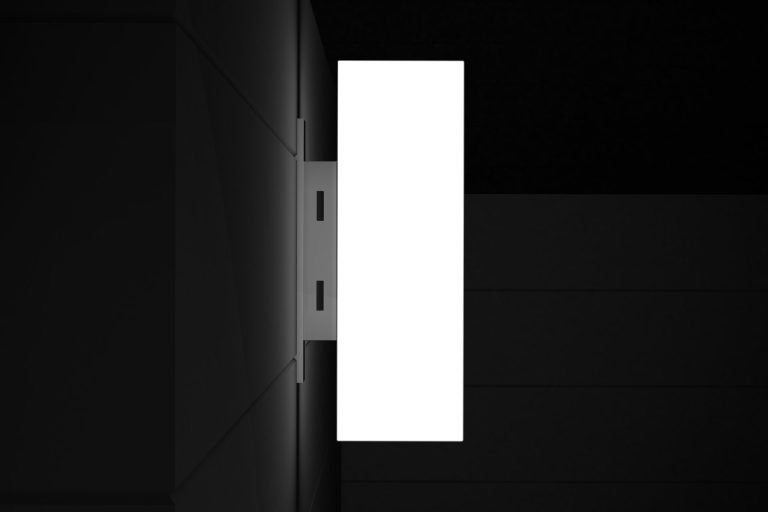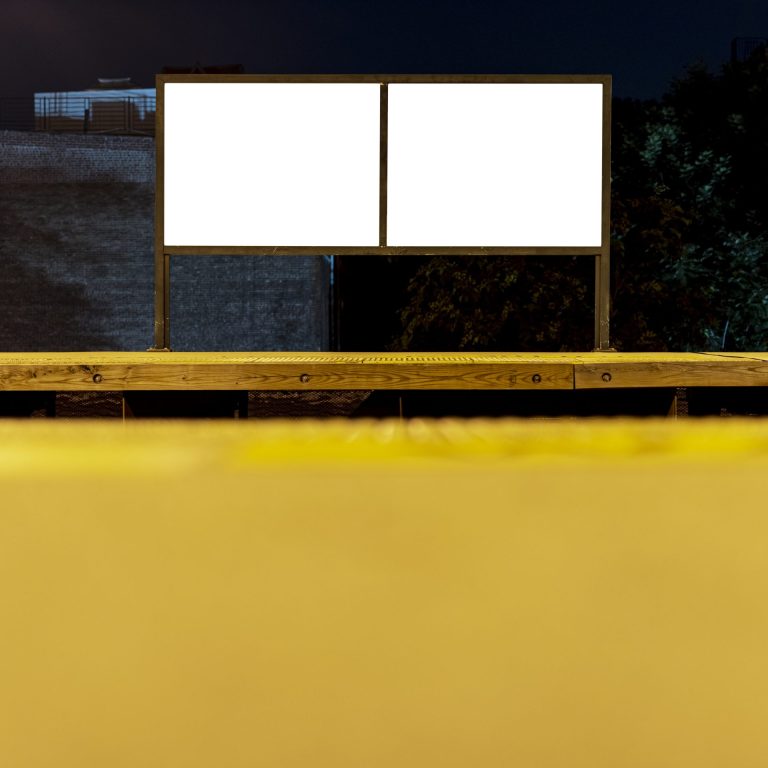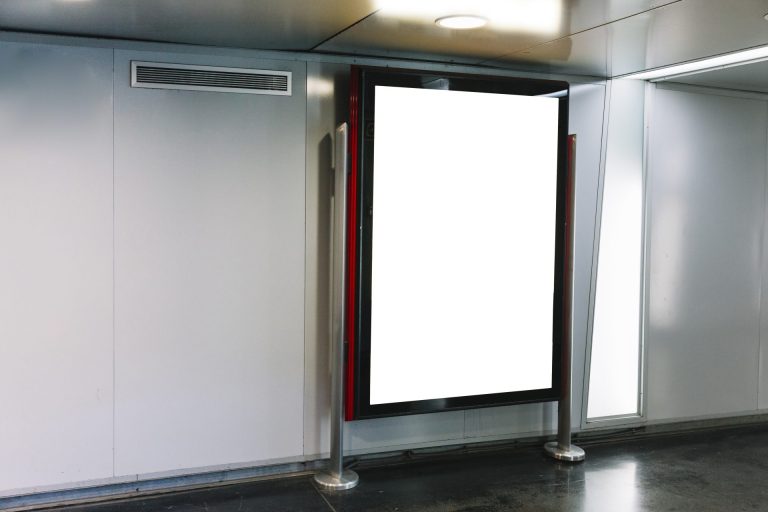But what makes certain billboards stand out while others go unnoticed?
The secret lies not just in design, but in psychology — understanding how people think, feel, and respond to visual stimuli.
At dnaUAE, we’ve crafted and installed hundreds of billboard and signage projects across the UAE. In this article, we explore the psychological principles that make billboard advertising so effective — and how your brand can use them to its advantage.
1. The Power of First Impressions
A driver has only 5–7 seconds to glance at your billboard. That’s why simplicity is the first rule of billboard psychology.
The human brain processes visuals 60,000 times faster than text, so your design should rely more on imagery and layout than on words.
Use one strong visual element that communicates your message instantly.
Limit text to six words or fewer.
Keep your logo clear and large enough to recognize at a distance.
In short: make your ad readable at 100 km/h — that’s the psychological threshold for attention on the road.
2. Color and Emotion: The Subconscious Connection
Color plays a huge role in how people feel about your brand. Each hue evokes a different emotional response:
Red – Energy, urgency, excitement (great for sales or fast-food brands)
Blue – Trust, reliability, calm (perfect for finance or tech companies)
Yellow – Optimism, warmth, creativity
Green – Nature, freshness, sustainability
Black – Luxury, power, sophistication
By strategically using colors that match your brand personality, you can trigger the right emotional cues in your audience.
At dnaUAE, our printing specialists ensure that every billboard or banner displays accurate, high-impact colors — even under Dubai’s strong sunlight.
3. The Rule of Minimalism
In billboard psychology, less truly is more.
When a message is cluttered with too many elements, our brains struggle to focus. This causes cognitive overload, and the ad is quickly forgotten.
Instead, successful billboard ads follow these principles:
One main message per ad
Ample white space to draw focus
Simple fonts that are legible from a distance
Think of it like this: a billboard isn’t a brochure — it’s a visual headline that must spark curiosity in seconds.
4. The Role of Familiarity and Repetition
Psychologists call it the “mere exposure effect” — the more people see something, the more they like and trust it.
That’s why consistent outdoor campaigns with repeated brand visuals (like logo, slogan, or color palette) build stronger recall over time.
Lamp post banners, for example, are perfect for repetition — they create a rhythmic, familiar pattern along a driver’s route.
At dnaUAE, we help brands design cohesive campaigns where multiple outdoor formats work together to reinforce recognition.
5. Storytelling Through Imagery
The human brain loves stories. A billboard can’t tell a long story, but it can imply one instantly through the right image.
A single visual — a happy face, a luxurious lifestyle scene, a powerful product shot — can trigger imagination and emotion far more effectively than a paragraph of text.
For example:
A fitness brand showing a runner at sunrise conveys determination and energy.
A real estate ad featuring a family by a pool instantly tells a story of comfort and success.
At dnaUAE, our creative team helps clients choose visuals that speak volumes — combining design psychology with commercial impact.
6. Strategic Placement and Context
Even the most brilliant billboard will fail if it’s in the wrong place.
Placement psychology considers context — the environment, audience mindset, and travel speed.
For example:
On Sheikh Zayed Road, drivers move quickly — short, bold visuals work best.
Near malls or intersections, where people slow down, you can use slightly more detail or QR codes.
In business districts, premium visuals and minimal text appeal to professionals.
dnaUAE partners with trusted outdoor media providers to help brands choose prime billboard locations across Dubai and the UAE, ensuring every message reaches the right audience.
7. Emotional Triggers and Memory Anchors
A great billboard doesn’t just get noticed — it gets remembered.
Psychologically, we recall messages that make us feel something: surprise, humor, joy, or inspiration.
Examples:
A clever pun makes people smile (and share it on social media).
A touching visual evokes empathy or aspiration.
A luxury image activates desires for status and success.
When emotion meets simplicity, your billboard becomes more than an ad — it becomes an experience.
8. The Science of Call-to-Action (CTA)
Even though billboards are not interactive, they should inspire immediate mental action.
A clear and concise CTA like:
“Visit Today”
“Now Open in Dubai Mall”
“Scan to Discover”
gives the viewer direction.
Adding QR codes or short links connects offline visibility to online engagement — something dnaUAE frequently implements in modern outdoor designs.
Conclusion: Turning Psychology into Impact with dnaUAE
The best billboard campaigns in Dubai don’t just rely on great printing or design — they’re built on a deep understanding of how people think, see, and feel.
At dnaUAE, we combine psychological insight with advanced printing technology, signage fabrication, and strategic planning to create outdoor ads that truly connect. From bold building wraps to smart digital displays, our team ensures every project captures attention and emotion — the two pillars of effective advertising.




